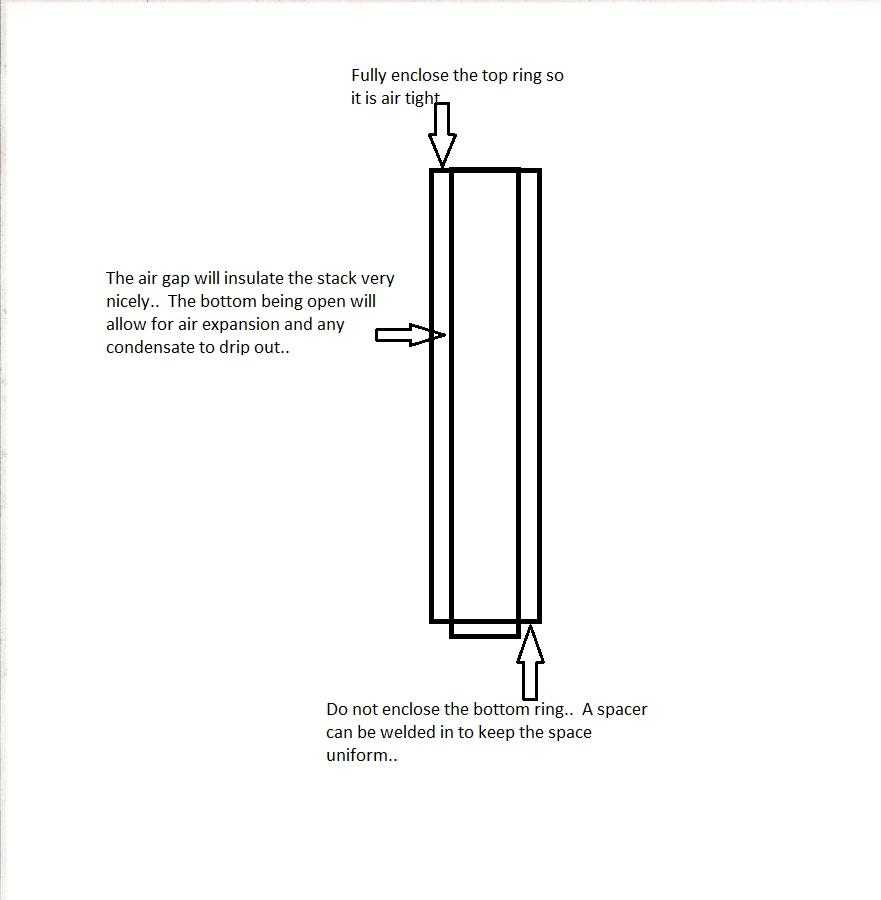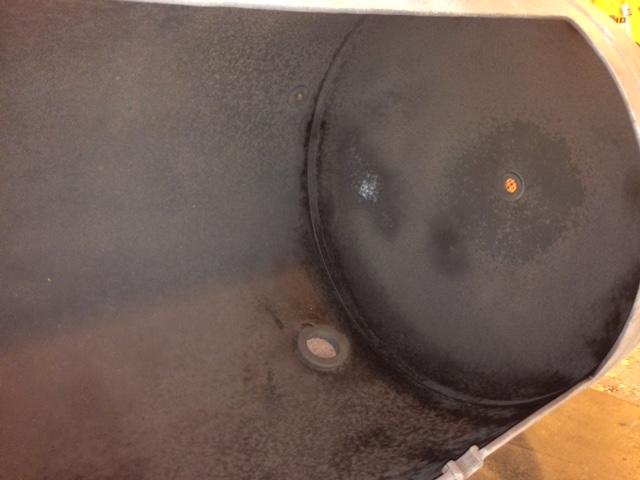Hi,
I am about to get started on my first Reverse Flow Smoker build and have gotten some great ideas and lots of valuable information on this forum so far. Its a used air compressor tank that I picked up from Craigslist and is 24x48. I have put some calculations together based on what I've learned here and would like to get some indication that I am on the right track. I used Dave Omak's formulas and the circle calculator to get to this point. I sure I will have lots of other questions and I am looking forward to sharing my build over the next few month with you. Thank you Don Smokie
I am about to get started on my first Reverse Flow Smoker build and have gotten some great ideas and lots of valuable information on this forum so far. Its a used air compressor tank that I picked up from Craigslist and is 24x48. I have put some calculations together based on what I've learned here and would like to get some indication that I am on the right track. I used Dave Omak's formulas and the circle calculator to get to this point. I sure I will have lots of other questions and I am looking forward to sharing my build over the next few month with you. Thank you Don Smokie
| 80 Gallon Compressor Tank- Labeled 24x48 | ||||||||||
| Assume Wall Thickness | 0.1875 | In | Inside Diameter | 23.625 | in | |||||
| Radius | 11.8125 | In | ||||||||
| Check DxDx.7854xL | 18411.27 | Cu in | ( Used 42" as L ) 37" Cylinder Lg + 5" more for Domes- Checked with TankCalc also. | |||||||
| 80*231 | 18480.00 | Cu in | CC Volume | |||||||
| 1/3 Volume | 6098.40 | Cu in | FB Volume | 21" Wx20"Hx18"D | 7560 | Cu in | 19.3% | Ovesized- It his ok- | ?? | |
| 20" High for 2" ash tray | ||||||||||
| 18480*.022 | 406.56 | Cu in | Stack Volume | |||||||
| Initial Stack Calc | 20.71 | In | Stack Length | d=5 | ||||||
| Use 33in Stack Height | 4.00 | In | Stack Pipe Diameter | Check on ID - Not 4"? | ||||||
| 18480*.001 | 18.48 | Sq in | Firebox Inlets | 3"x2" @ FB /CC Opening | 3x3"x2" @ Fire Grate - Total 24 Sq in | |||||
| 18480*.004 | 73.92 | Sq in | FB / CC Opening | ** | DODIS Calculator gives 54.43Cu in?? | |||||
| 18480*.004 | 73.92 | Sq in | Volume Under RF Plate | |||||||
| From Circle Calc | 19.73 | In | RF Plafe ( A-B) | |||||||
| From Circle Calc | 5.32 | in | Segement Height (E-D) | |||||||





















